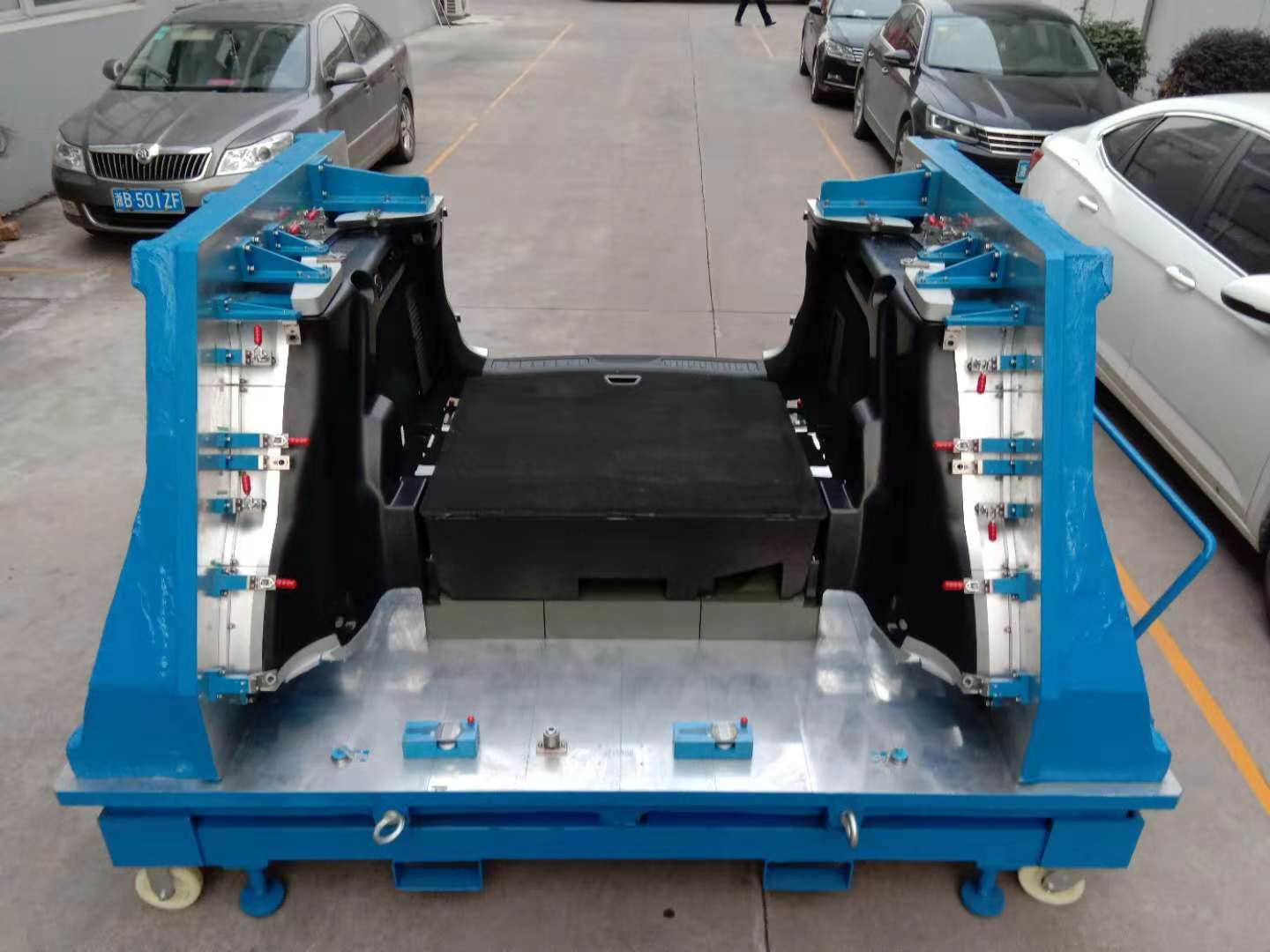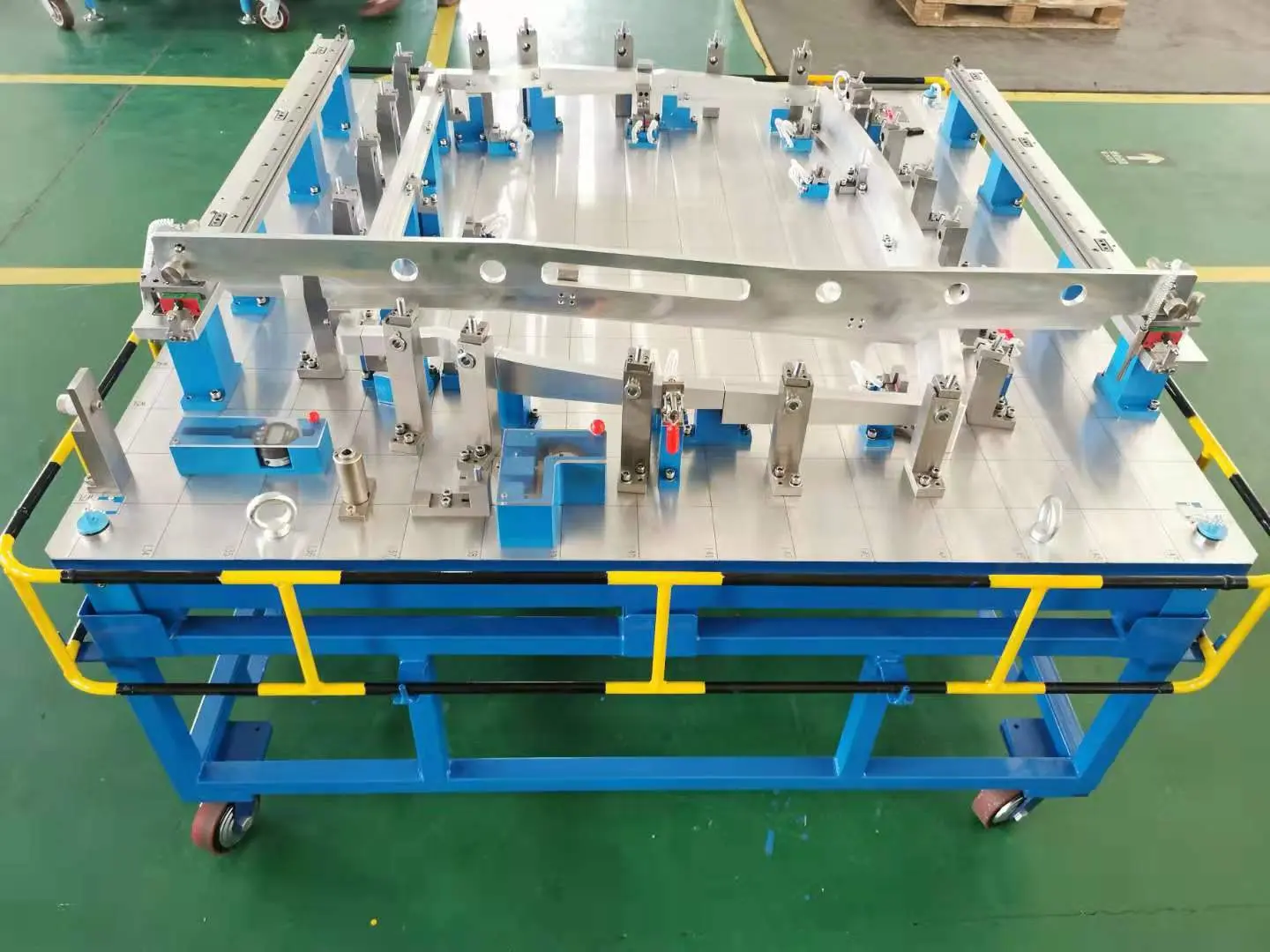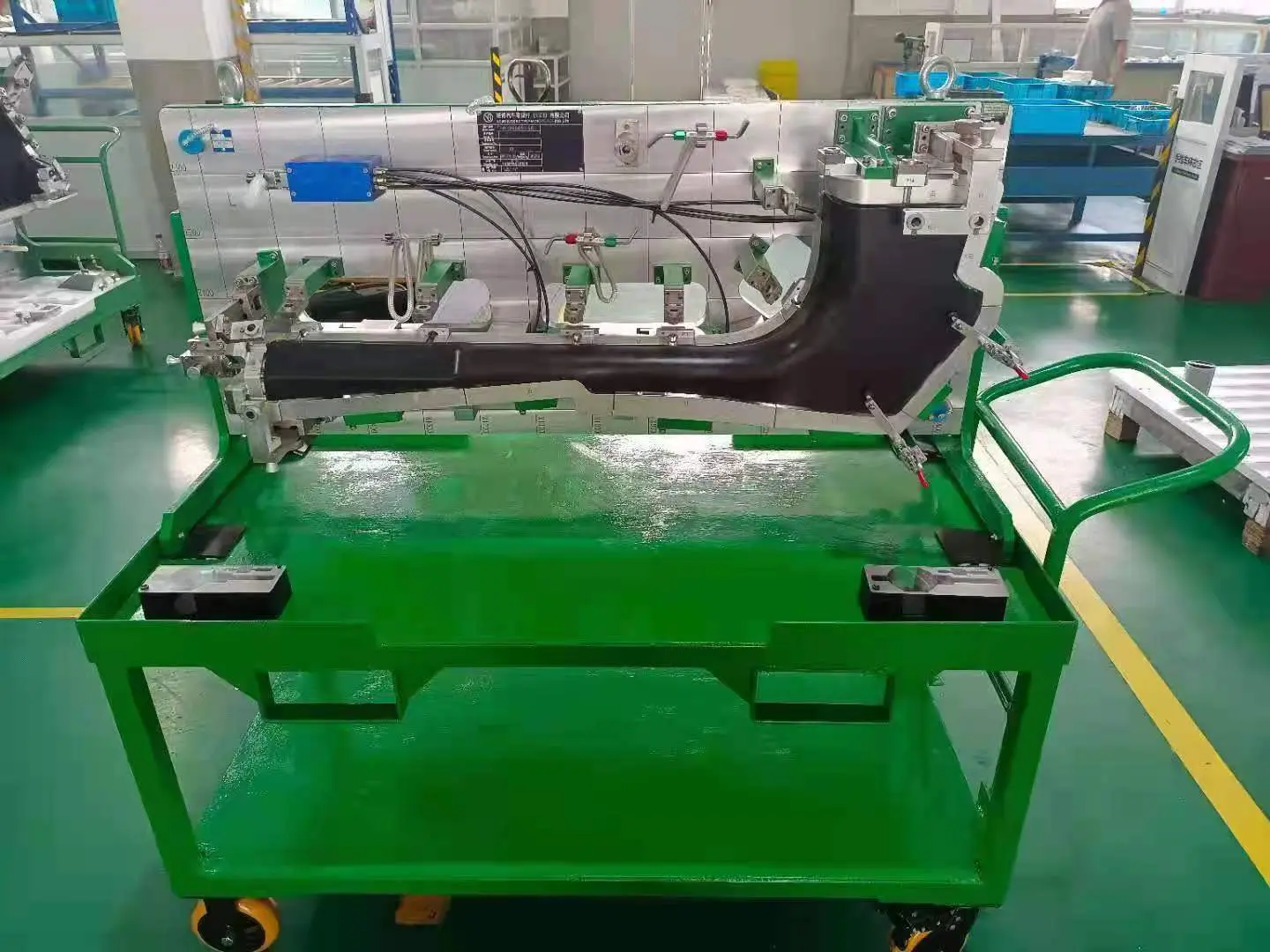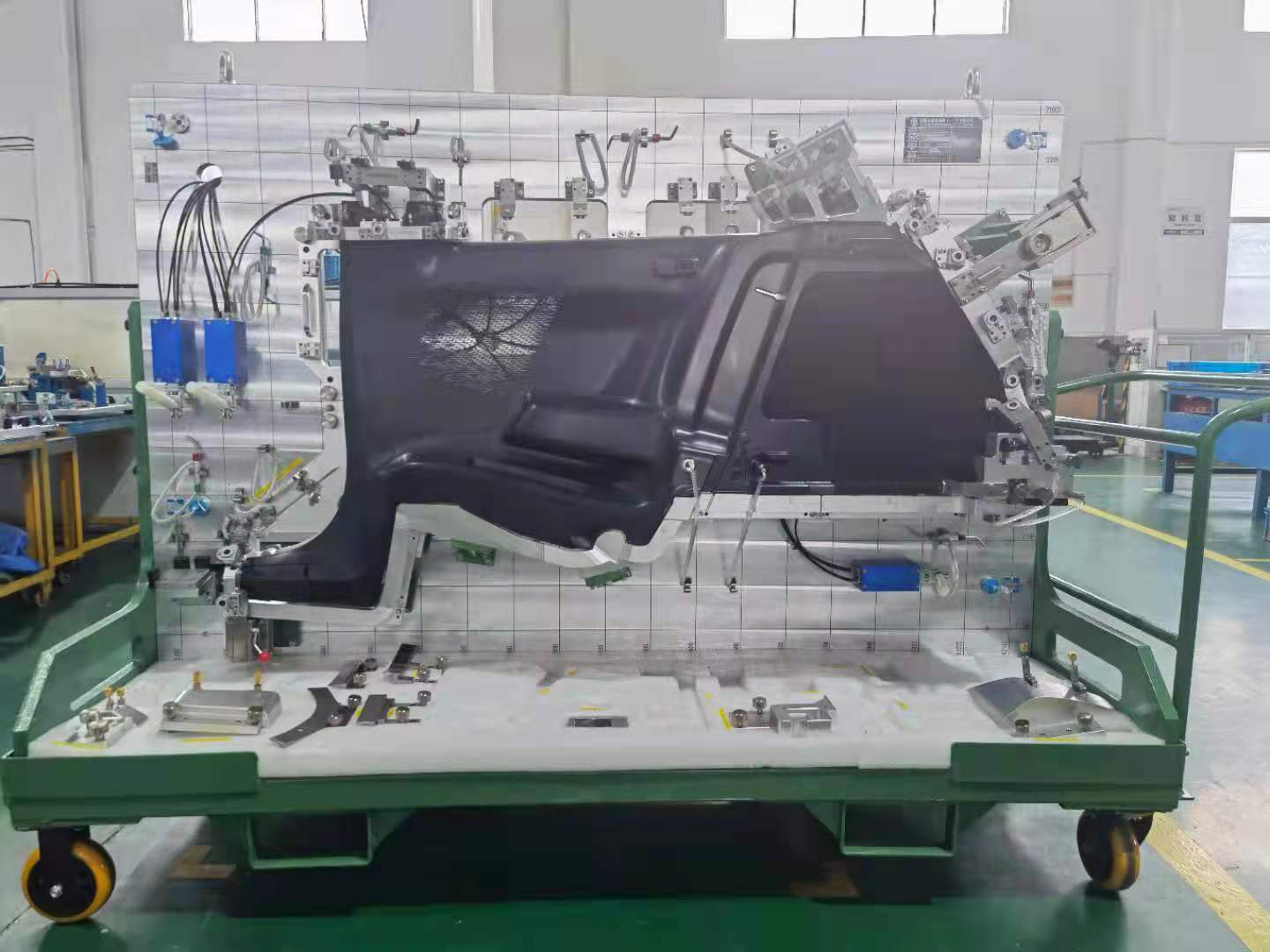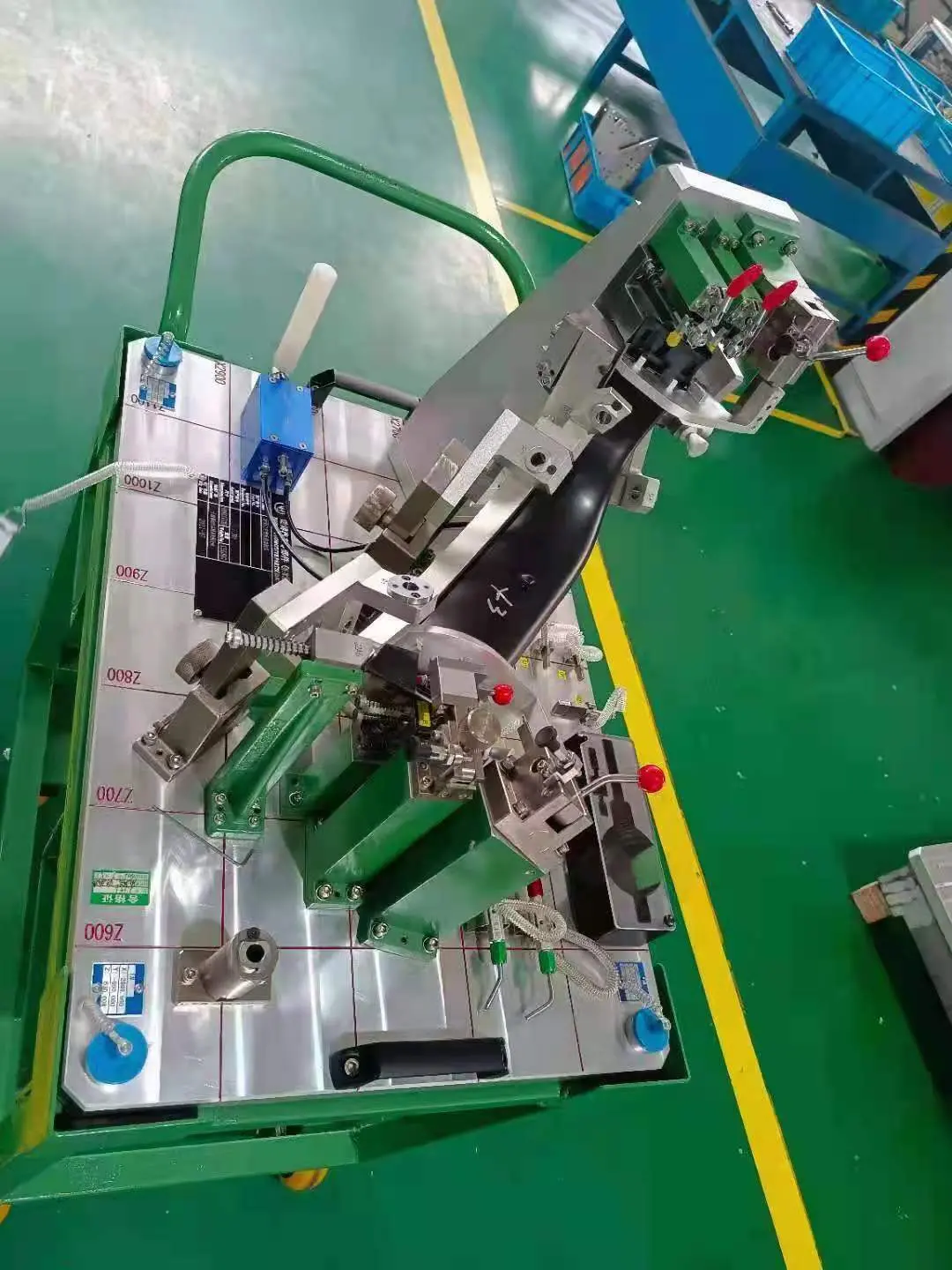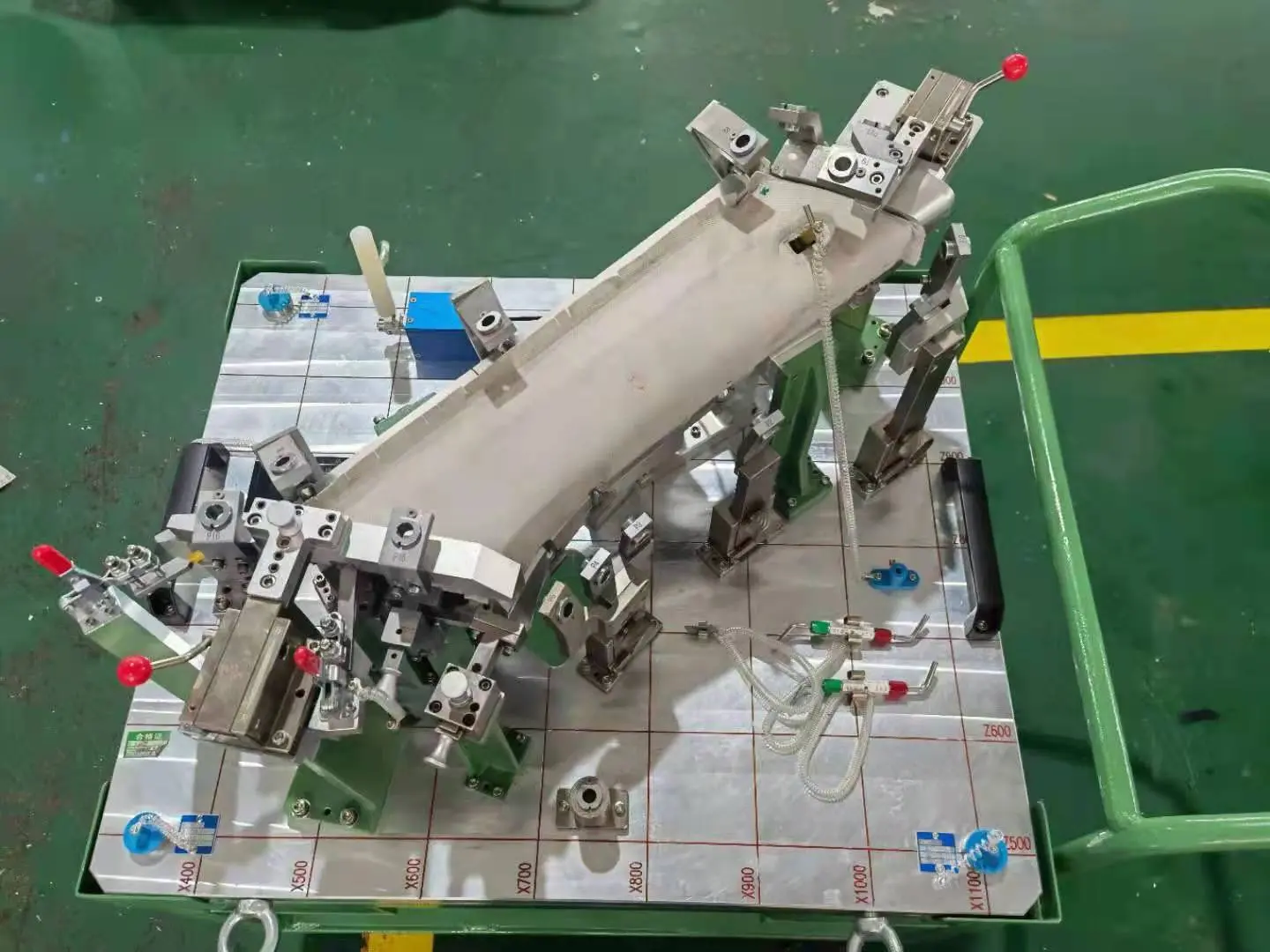The Ultimate Guide to Auto checking fixture: Enhance Your Knowledge and Productivity
One of the most basic car inspection tools is a diagnostic scanner. This tool is designed to communicate with a vehicle's onboard computer system to retrieve information about the vehicle's performance. Diagnostic scanners are able to read error codes and provide real-time data, which is essential for effectively identifying and solving problems. By fully understanding how to use a diagnostic scanner, automotive professionals can streamline the inspection process and provide customers with accurate diagnoses, ultimately increasing customer satisfaction and trust.
Another important tool for car inspection is a multimeter. This versatile device is used to measure various electrical parameters such as voltage, current and resistance. Multimeters are valuable assets to automotive technicians with their ability to troubleshoot electrical systems and identify faulty components. By mastering the use of a multimeter, professionals can quickly pinpoint electrical problems, speeding repairs and reducing downtime for vehicle owners. This knowledge not only increases efficiency but also sets high standards for the quality of services provided.
In addition to electronic diagnostic tools, physical inspection tools such as borescopes also play a vital role in vehicle inspections. A borescope is a flexible, illuminated camera that allows technicians to visually inspect hard-to-reach areas within a vehicle, such as the engine, transmission, and exhaust system. By effectively utilizing a borescope, automotive professionals can identify hidden problems such as leaks, corrosion, or mechanical wear without the need for disassembly. Not only does this save time, but it allows technicians to provide customers with more comprehensive inspection reports, demonstrating their attention to detail and commitment to thoroughness.
Additionally, a tire tread depth gauge is an important tool in assessing the condition of your vehicle's tires. By accurately measuring the depth of a tire's tread, automotive professionals can determine if a tire is worn and needs to be replaced. This knowledge not only ensures the safety of the vehicle, but also allows technicians to provide valuable advice to customers, thereby enhancing their reputation as trusted vehicle maintenance advisors. Additionally, by incorporating tire tread depth measurements into the inspection process, professionals can provide a more comprehensive service that further differentiates them from competitors.
In summary, a solid understanding of automotive inspection tools is crucial for automotive industry professionals. By mastering the use of diagnostic scanners, multimeters, borescopes, tire tread depth gauges, and other essential tools, automotive professionals can improve their efficiency, accuracy, and overall quality of service. Not only does this benefit the customer by ensuring the safety and reliability of the vehicle, but it also enhances the professional’s reputation as a knowledgeable and trustworthy expert in the field. As technology continues to advance, staying updated with the latest automotive inspection tools and techniques is critical to maintaining a competitive edge in the industry.


